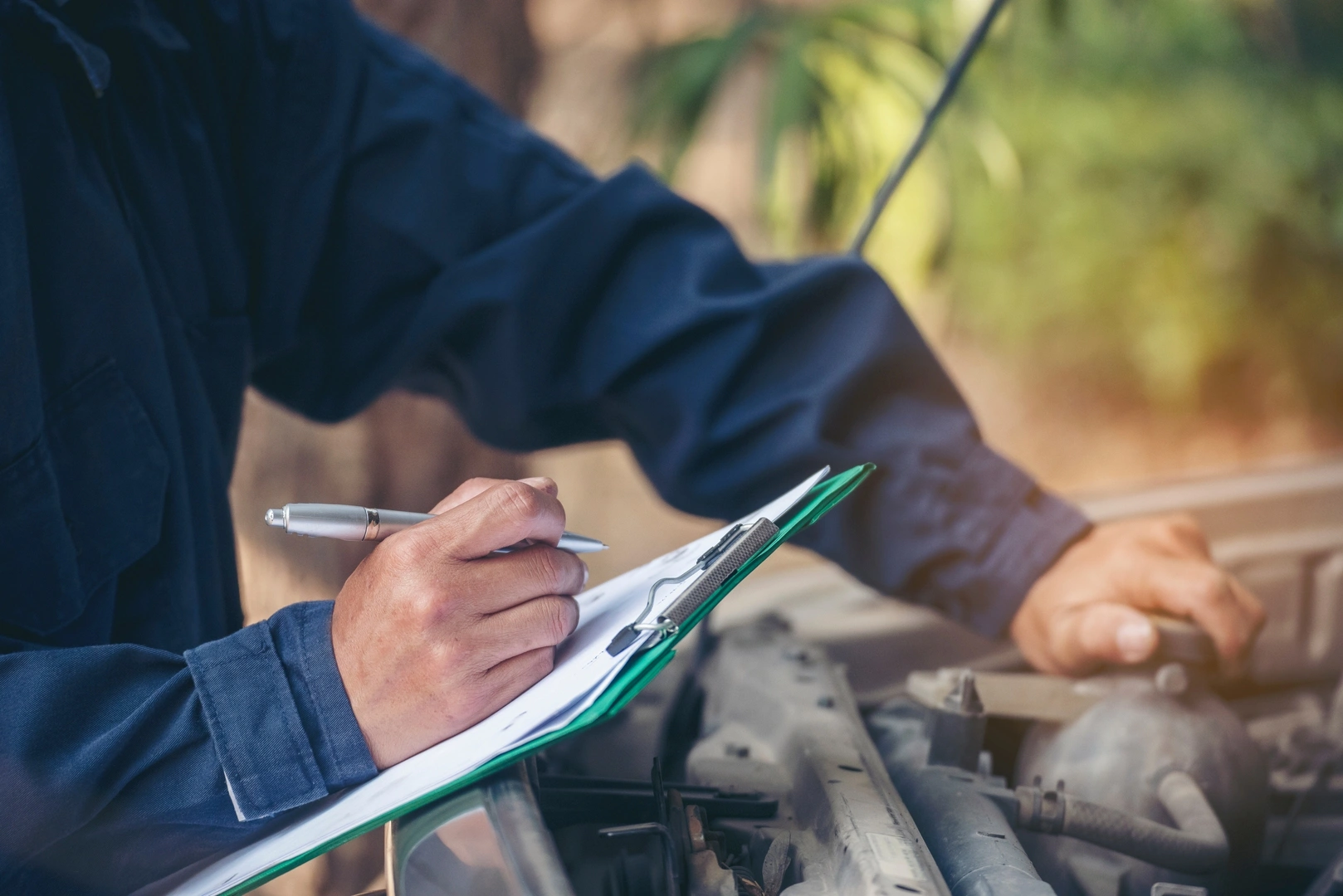
How to take care of your tyres
Published: 10 August 2022
Safety facts
According to research by safety organisation TyreSafe in 2020, one in five of the UK’s motorists never check their tyres and this statistic increases to three out of five for younger drivers.
In addition, one in four of the 40 million tyres that daily travel on the country’s road network are illegal in terms of wear or damage and annually, 2.2 million tyre related defects are highlighted as a result of national MoT testing.
Under inflation was also identified as a major concern, not just in the part it plays when it comes to accidents and road deaths attributed to tyre defects, which has stood at an average of 170 over the last five years, but financially, as TyreSafe estimates that the annual cost of fuel wasted due to tyres that are below their correct pressure is £600 million.
So, what do you really need to know and what should you look out for when it comes to your tyres?
The three key things to check are the tread, pressure and general condition, and we’d recommend checking this every month.
Tyre Tread
The minimum legal requirement for the tread depth of your car’s tyres is 1.6mm across the entire surface of the tread that is in contact with the road, around the whole circumference of the tyre.
Although using a tyre tread depth gauge is the easiest and most accurate way to measure it, many motorists do not have one, so a practical alternative is to use a 20 pence piece!
Conveniently, the border that contains the inscription around the edge of the coin is the equivalent to the legal minimum tread depth. So, by standing the coin on any of the flat surfaces around its edge, in each of the grooves, you can get a good idea of the level of tyre wear – if the border isn’t visible, you’re okay, but if any of it is, your tyres are illegal and must be replaced ASAP.
However, it is worth pointing out that the performance of your tyres, particularly when the conditions are wet, decreases as they wear, so although 1.6mm is the legal minimum, experts recommend they are replaced once they get below 3mm to ensure your safety.
Tyre Pressure
Your car will have been engineered to operate with a certain type and size of tyre to ensure it provides the level of comfort, handling and performance you’d expect and has been designed to deliver. So, it may come as a surprise, but the pressure of the air in your car’s tyres is extremely important as it has a big effect on all of these areas, as well as its economy, and crucially, safety, which is why they should be checked regularly.
Although a flat tyre may be obvious, it is impossible to assess a tyre’s pressure by just looking at it, you must use a gauge. The correct pressure, which can sometimes differ between the tyres on the front and those at the back, but will never vary from one side of the vehicle to the other, is stated in your vehicle’s owner’s manual, and must be maintained. It can also sometimes be found on the tyre itself.
Another surprise could be the fact that the pressure of your tyres varies according to the ambient temperature and will be lower in cold conditions and subsequently higher when it’s hot. This is another reason to check the pressure regularly, because even if there was absolutely no leakage from anywhere on the tyres, they would be at different pressures in summer compared to the winter, for example.
Tyre Condition
As your tyres are the only part of your car in contact with the road, their overall condition is particularly important, so in addition to their tread depth and pressure, checking them regularly is vital.
As you drive, it is completely normal for the tread to gradually wear and over time for the depth of the grooves to reduce, hence the need to check the depth on a monthly basis. However, lumps, bumps or cuts on the sides of the tyres are not normal, so any such occurrence must be investigated by an expert.
Therefore, alongside the tread depth and tyre pressure checks, you should carefully assess each tyre, including the tread surface and remove any stones or foreign objects that have become embedded. It’s also important to remove oil, grease or fuel that might have been spilt onto the tyre with soapy water, as these substances can damage the rubber and undermine its integrity.
Finally, when your tyres need to be changed, because of unexpected damage or due to normal wear, you must replace them with a tyre of the correct specification.
This does not mean you have to stick to the same brand, although you should not mix the brand, type or tread pattern of tyres on the same axle (i.e. both front tyres or both rears should be the same, even if the fronts and rears aren’t), but the manufacturer will have designed your car to use tyres of a particular specification, which will be stated in your owner’s manual as a series of numbers and letters, as well being moulded into the side of the tyre.
Understanding tyre markings
If we use a Jeep SUV with the tyre specification 225/55 R18 98V as an example, the replacement must have the same marking. But what do the numbers and letters actually mean?
The first sequence – 225/55 – indicates the width in millimetres of the tread that is in contact with the road (225) and the height of the side wall as a proportion of the width (55%). The next – R18 – specifies the type of tyre (R=radial) and the diameter in inches (18) of the wheel on which the tyre fits, and the final combination – 98V – is code for the maximum load and speed rating of the tyre.
As mentioned earlier, irrespective of the brand, type and tread pattern, these numbers and letters must exactly match those specified by your vehicle’s manufacturer, or you will be potentially risking the life of you and your passengers, as well as other road users.






